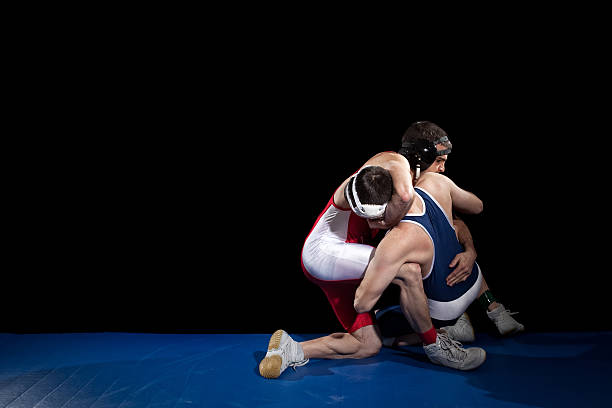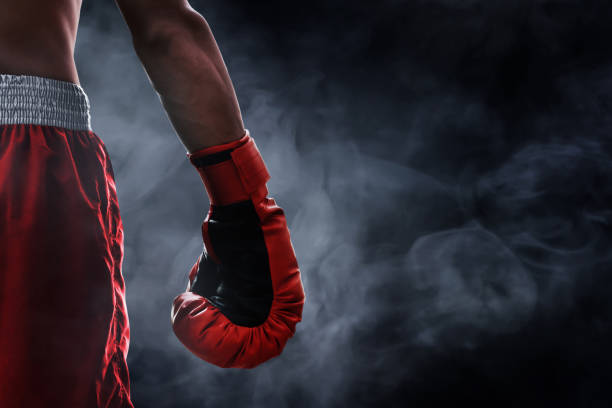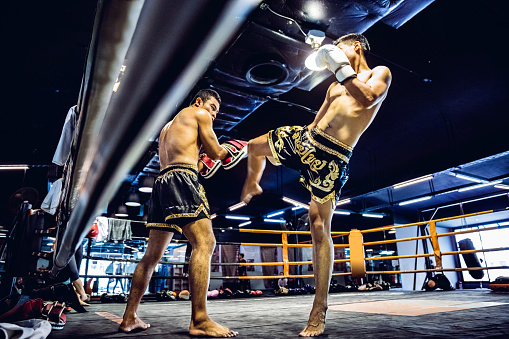General Rules of Xingyiquan
Xingyiquan, one of the major “internal” styles of Chinese martial arts, is known for its distinctive linear movements and explosive power. It is characterized by a focus on generating power through coordinated body mechanics and utilizing the concept of the Five Elements (Wu Xing). While the specific training methods and approaches may vary among different lineages and practitioners, here are some general rules and principles that are commonly associated with Xingyiquan:

- Mind and Intention (Yi): Xingyiquan emphasizes the cultivation of a focused mind and intention. Mental concentration is important to synchronize the body movements and develop the power of the techniques.
- Unified Body Structure: Xingyiquan practitioners strive to maintain a unified body structure throughout their movements. This means that the limbs, torso, and hips work together as a coordinated unit, allowing for efficient power generation and stability.
- Straight Lines: Xingyiquan techniques often follow straight lines of power. Strikes, punches, and kicks are executed along direct paths, minimizing unnecessary movements and maximizing efficiency.
- Five Elements: Xingyiquan is based on the theory of the Five Elements—Metal, Water, Wood, Fire, and Earth. Each element represents a particular type of movement and energy. Practitioners train to embody the characteristics of these elements in their techniques.
- Internal Power (Nei Jin): Xingyiquan emphasizes the cultivation of internal power, also known as Nei Jin. This involves developing the ability to generate power from within the body using coordinated movements, breath control, and mental focus, rather than relying solely on external muscular strength.
- Continuous Movement: Xingyiquan encourages continuous movement and the avoidance of unnecessary pauses or breaks between techniques. This helps to maintain momentum, fluidity, and agility during combat.
- Fa-Jin: Xingyiquan places great emphasis on the concept of Fa-Jin, which refers to the explosive release of power. Practitioners train to generate sudden bursts of power at the moment of impact, maximizing the effectiveness of their strikes.
- Stance Training: Xingyiquan employs various stances, such as the San Ti Shi or “Three Body Posture,” to develop stability, leg strength, and grounding. These stances are practiced to train the body to maintain a solid foundation and generate power from the ground.
- Timing and Distance: Xingyiquan emphasizes proper timing and understanding of distance in combat. Practitioners learn to close the distance quickly, attack at the opportune moment, and maintain a strong defensive position.
- Practical Application: Xingyiquan aims for practical application in real combat situations. Techniques are trained with the intention of developing effective self-defense skills and the ability to adapt to different opponents and situations.
Origins and Principles of Xingyiquan
Xingyiquan, translated as “Form-Intention Fist,” is believed to have originated in the late Ming Dynasty (Kennedy & Guo, 2005). It is grounded in the philosophical concepts of Yin and Yang, and Five Elements theory, which guide its movements and strategies.
The primary principles of Xingyiquan are threefold:
- The Unity of Form and Spirit: Xingyiquan emphasizes the integration of physical movements (Xing) with the martial intention or thought (Yi). The practitioner’s internal state drives the external movements, creating a harmonious interaction between the mind and body (Yan, 2009).
- The Unity of the Internal and External: This principle posits that internal energy (Qi) and physical strength must be seamlessly integrated. The movements in Xingyiquan are driven by the internal Qi, which in turn is supported by physical strength.
- The Unity of Techniques and Tactics: In Xingyiquan, techniques are not isolated movements but part of a comprehensive strategy. Each technique is a tactical move designed to achieve a specific outcome in combat (Kennedy & Guo, 2005).
The Five Elements and Twelve Animals of Xingyiquan
A central feature of Xingyiquan is its system of movements based on the Five Elements (Wood, Fire, Earth, Metal, and Water) and the Twelve Animals. These movements are not mere imitations of animal actions or elemental processes, but rather, they represent strategic approaches to combat (Yan, 2009).
The Five Elements
Each of the Five Elements corresponds to a specific movement and tactical principle:
- Wood (Splitting): Mimics the force of a tree growing, splitting the earth. It represents the principle of expansion and extension.
- Fire (Drilling): Like a fire’s upward spiraling smoke, this movement represents the principle of upward and forward force.
- Earth (Crushing): This movement is akin to an avalanche, embodying the principle of downward and inward force.
- Metal (Cutting): This movement represents the sharp, decisive force of a sword, encapsulating the principle of precision and decisiveness.
- Water (Crossing): Like the flowing of water, this movement signifies the principle of fluidity and adaptability (Yan, 2009).
The Twelve Animals
The Twelve Animals in Xingyiquan represent different tactical concepts that further elaborate on the Five Elements. These include the Dragon, Tiger, Monkey, Horse, Alligator, Rooster, Hawk, Swallow, Snake, Ostrich, Eagle, and Bear (Yan, 2009).
Training and Practice in Xingyiquan
Training in Xingyiquan involves practicing individual techniques, sequences of movements called forms, and sparring. The core training methods are:
- Basic Training: This includes stance training, basic hand techniques, and stepping methods. It is designed to develop physical strength, flexibility, and basic techniques.
- Elemental Fists Training: Practitioners learn and practice the Five Element Fists, which are the foundational techniques of Xingyiquan.
- Animal Forms Training: The Twelve Animal Forms are practiced to develop a comprehensive understanding of Xingyiquan’s tactical principles.
- Two-Person Sparring: This involves practical application of techniques and tactics learned through the Elemental Fists and Animal Forms training (Kennedy & Guo, 2005).
Xingyiquan is a rich and profound martial art that requires dedicated practice to master. Its principles and techniques offer not only effective combat strategies but also a path to personal development and self-understanding. By adhering to the rules and training methods of Xingyiquan, practitioners can cultivate physical strength, mental clarity, and spiritual growth.
References
- Kennedy, B., & Guo, J. (2005). Chinese Martial Arts Training Manuals: A Historical Survey. North Atlantic Books.
- Yan, Z. (2009). The Real Chinese Traditional Shao Lin Kung Fu. Lulu Press.






